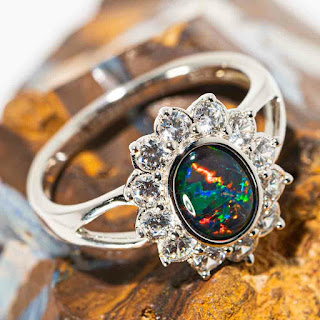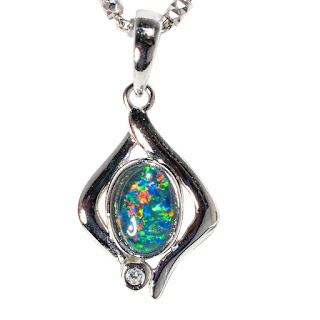Precious Minerals For Jewelry
Besides pearl, which is shellfish, mineral opal pendants have personal ornamental features. Gemstones come from amazing natural forces. They are found mixed around, inside, under, and between the crust. Their beauty is hidden by their rough outer layers and rags, but their beauty can be unlocked by skilled and experienced workers.
Precious stones are so beautiful that kings and queens have worn them; men and women have observed them in awe, scientists have studied them, and poets have sung them. Gemstones have been the most delightful way of expressing love at all times. The great Christian prophet John made gates of pearls, and walls of precious stones. They also endure trials of time. After a long time their real owners are no longer a gem that shines with pure sparkle. Time destroys nations, and reduces everything in it to ashes, but gemstones remain.
Two qualities that make opal necklaces so desirable are their beauty and durability. The beauty of a gemstone lies in its splendor, its color, or both. The strength of the gemstone comes from the traditional hardness, which is resistant to the wear and tear of time and wear. Nature does not make all gemstones suitable for gemstones, some of which have no luster, but are essential where there is firmness and firmness. These types of stones are important and are used for their mechanical purposes.
The gemstones are considered diamonds, rubies, pearls, sapphires, emeralds, Oriental cats-eye, opal, turquoise, alexandrite, and spinel. In the middle of the precious and small value there are andalusite, aquamarine, gold beryl, ficheite, olivine, tourmaline, zircon, and the finest varieties of amethyst, topaz, and garnet.
To describe the hardness of the stones the scale was designed by a German mineralogist named Moh. Scale ranges from 1 to 10, large number, solid stone. The number attached to the various stones does not mean complete degrees of difficulty, but is approximate. On the same stone, some species are harder than others. These varieties are small and have no other solid stone, close to a very soft diamond.
Many gemstones have a character or cleavage, whose lines can be divided like wood. Some stones break more easily than others. The physical characteristics of gemstones when cut and polished vary. Among the various levels are the power of meditation, many gemstones reflecting twice.
Many gemstones are phosphorescent by exposure to the sun, heat, or other electrical or mechanical means. Some diamonds are more phosphorescent than others. By the quality of light transmission gemstones are divided into four types, invisible, such as jasper; translucent, like opal engagement ring and carnelian; semitransparent, such as rose-quartz; transparent, like diamonds, etc. Not all gemstones are obvious. Many crystals and others are almost obscure. In a way, gemstones are permanent; they are resistant to or under heat or acids according to their unchanging fashion. Many gemstones are highly resistant to heat, and only change tints, but rarely change shape due to extreme heat.
The colors of the different stones are often almost identical. Sometimes it is difficult to say exactly what kind of stone it is after you cut it. Sometimes even a test of strength and some gravitational pull may fail. Counterfeit stones are always a problem and a problem in the world of gems. Experienced gemstones can often look at a stone and have a good idea of what it is.

.jpg)

Comments
Post a Comment